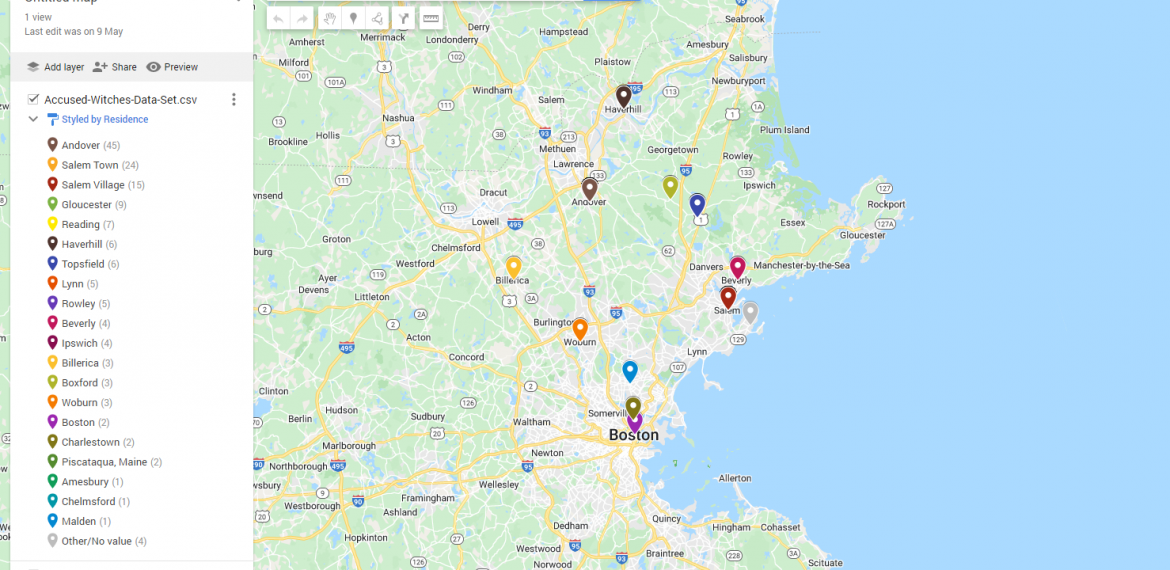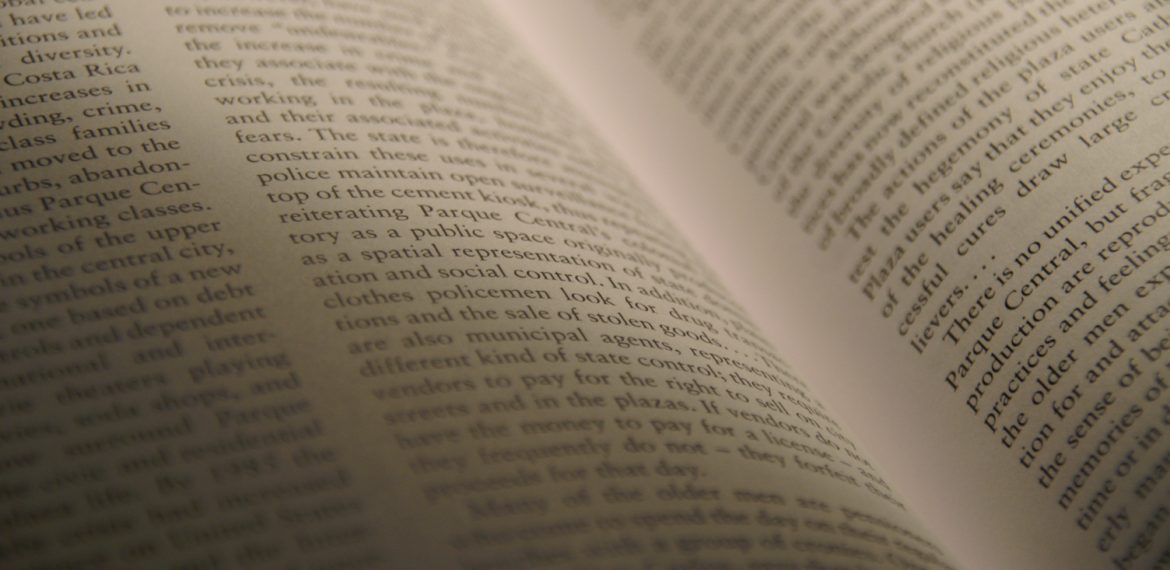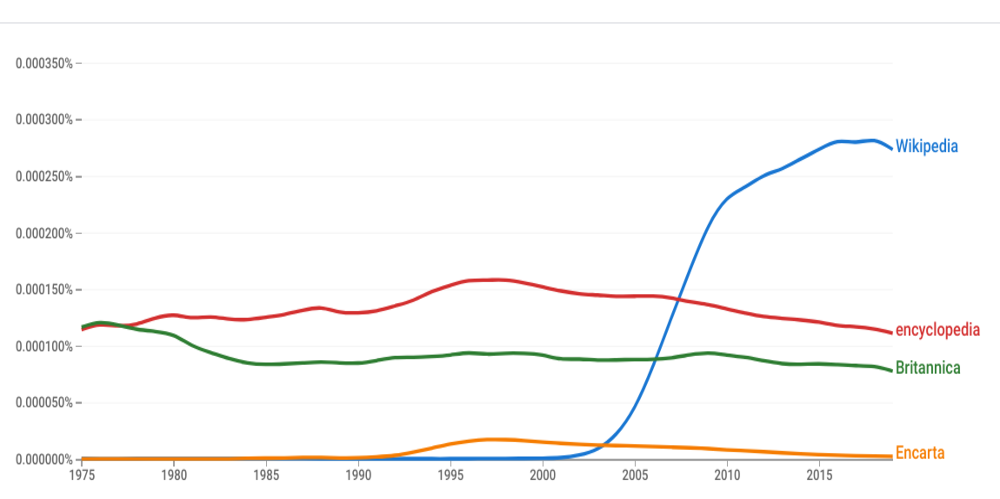HUMN4029_8029
Why would you use digital mapping? Utilising digital mapping has several different implementations in digital humanities. It is most often used as a means of data visualisation, but often has its benefits in digitising historical and cultural maps from physical formats and georeferencing locational data. With the recent years of
Video games are most often thought of as a source of entertainment, and are often scrutinised for unrealistic, fictionalised portrayals of history, culture, and technology. However, in recent years, as video gaming becomes more ubiquitous, accessible, and diverse in its methods, it becomes crucial for us as students of digital
The following are some introductions and evaluations of my personal experience in exploring how to collect data from different sources and how to clean different types of data. Text is an important information carrier for human beings (Dragulanescu,2002; Yang et al.,2018), and text analysis is an important tool for
Overview Text analysis, also known as, “text mining” is a computational method or technique used to extract large amounts of ‘unstructured’ data from documents and texts in their online forms (Reardon,2020). Many people who research using text analysis tools, use it to collect specific information from the texts they are
It is often commented that 80% of the work of data science is data cleaning, while only 20% is analysis (Browne-Anderson, 2018). Despite this, the actual contents of what data cleaning entails is largely obscured, often dismissed as a tedious and laboursome yet necessary exercise (Rawson and Muñoz, 2019). While
Text analysis can be a very general term. It’s often used to describe computational tools that analyse text (Reardon, 2020). Though computational tools that analyse text in computational text analysis, or machine analysis, are prevalent, human text analysis has provided a fundamental basis. A comparison of the two, as well
Leaflet (https://leafletjs.com) is a JavaScript library for adding interactive maps to websites. It is an alternative to Google Maps, and while requiring more effort to set and use, it can give the designer more control over the resulting website. Leaflet is used by sites such as Glottolog (https://glottolog.org) and the
The use of artificial intelligence in GLAM sectors Artificial intelligence has become a compelling technology applied in GLAM sectors in the recent decade. In cultural heritage institutions, AI could be used for accessing data, analyzing data, and categorizing data to help researchers conduct studies and collaborate with art, history and
Creating a 3d model can be done through computer software such as Fusion 360, Blender, Tinkercad, etc. . The artists can use models for a multitude of purposes: animation, games, visual data, art, and so on, essentially a 3d canvas. For now, this passage will focus on the creation of
The Google Ngram Viewer is an online search engine that charts the frequencies of searched word strings, using a yearly count of n-grams found in Google’s text corpora. In the context of humanities research, it is a useful tool for social linguistic research for both historical and contemporary context, as
Recent Posts
Categories







